All Hue travel tips for first-time visitors
Hue – The ancient capital has long been famous for its majestic, ancient and poetic beauty. This place preserves unique historical and cultural values of the Nguyen Dynasty, attracting tourists from all over the world. If you are planning your first trip to Hue, Vietnam Motorbike Tours will provide you with useful Hue travel tips to have the most complete experience.
Overview of Hue
Hue, the ancient capital land, holds an irresistible charm in its blend of ancient beauty and modernity. It captivates visitors with its unique cultural and historical values, epitomized by the grandeur of the Imperial City, the solemnity of the Royal Tombs, and the tranquility of Thien Mu Pagoda. The Perfume River flows gracefully through the heart of the city, adding to Huế’s allure, enchanting travelers with its romantic and poetic ambiance.
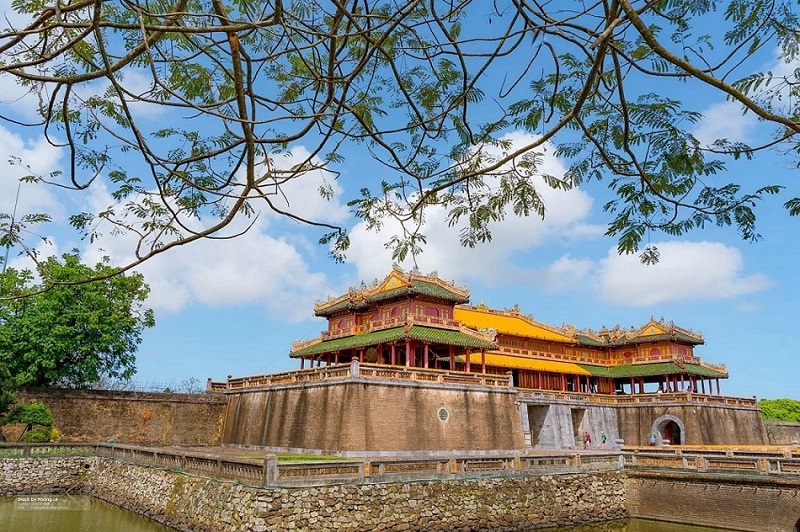
Hue cuisine is also a highlight not to be missed. Delicate and flavorful dishes such as Hue-style beef noodle soup, rice with baby clams, steamed rice cakes, grilled pork rolls, and Hue sweet soup tantalize the taste buds with their deliciousness and uniqueness. The warm and friendly people of Huế, always wearing smiles on their faces, contribute to leaving a beautiful impression on visitors.
Visiting Hue, you not only get to admire its beauty and savor its delicacies but also have the opportunity to experience the simple and unhurried pace of life of its people.
How to get to Hue?
Hue is one of the major tourist cities in Vietnam, so the transportation system connecting to it is very modern. You can choose to travel by plane, train, car, or motorbike.
For those who want to save time, flying is the quickest and most convenient option, with flights to Phu Bai Airport from many major cities like Hanoi and Ho Chi Minh City. From the airport, it takes only about 15 km to get to the city center by taxi or bus.
If you want to experience the journey and enjoy the scenery, the train is a great option. Hue station is located right in the city, with North-South trains offering a variety of comfortable seats and sleeping berths. Buses are also a popular and economical choice, with many high-quality bus companies operating routes from Hanoi to Hue and Ho Chi Minh City to Hue, providing good service and reasonable fares.
If you want more freedom and flexibility in your travels, driving your own car to Hue will provide absolute flexibility, allowing you to stop and explore destinations along the way.
For adventure lovers, traveling to Hue by motorbike is a unique experience, allowing you to enjoy the beautiful scenery and explore small roads that are difficult for other vehicles to access. You can refer to the Hanoi to Hue motorbike tour by Vietnam Motorbike Tours, which is sure to offer you interesting experiences.
See more: Central Vietnam Motorcycle Tour from Hoi An to Hue via DMZ – 4 days
Which season is most beautiful in Hue?
The best time to travel to Huế is from January to August when the weather is quite stable and pleasant. From January to March, spring in Huế brings cool air, not too hot, making it very suitable for visiting historical sites and temples. Especially during this period, there is the Lunar New Year (Tết Nguyên Đán) with many traditional festivals, providing an opportunity to experience local culture.
April is the time of the Huế Festival (held every two years in even-numbered years), a major cultural event with many artistic activities, performances, and exhibitions. From May to August, summer in Huế comes with hot weather, but Lăng Cô Beach and eco-tourism areas become ideal destinations to cool off. You can also participate in outdoor activities and enjoy the fresh air of the Bạch Mã mountains.
However, from September to December, Huế enters the rainy season with heavy rainfall and frequent storms, which can affect outdoor tourism activities. Therefore, if possible, you should avoid this time to have a more complete trip.
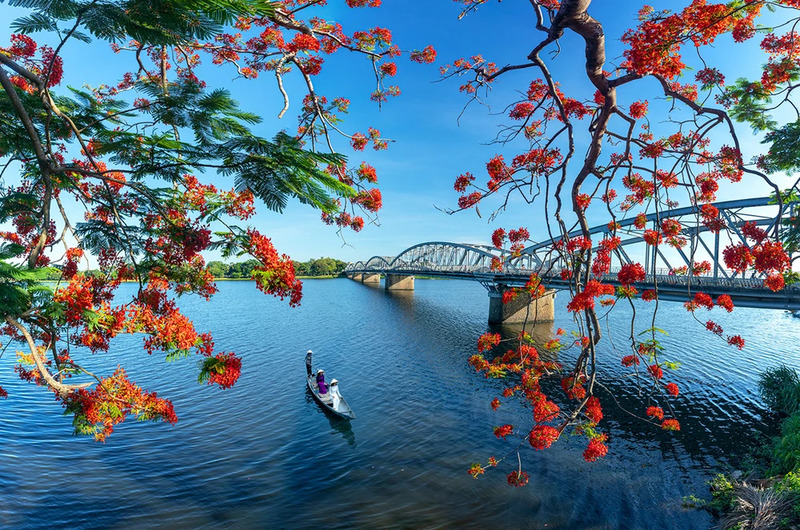
10+ most attractive destinations in Hue
One of the Hue Travel Tips you can’t miss when visiting Hue is the famous tourist destinations that reflect the Hue essence.
The ancient capital of Hue
Perched gracefully on the tranquil shores of the Perfume River rests the magnificent Hue Citadel, an esteemed collection of cultural treasures designated as a UNESCO World Heritage site. Within the expansive grounds of the Hue Monuments Complex, guests are invited to immerse themselves in the splendor of the Imperial Citadel and the Forbidden City, all enveloped within the Citadel’s embrace, providing a window into the vibrant history and cultural legacy of Hue.
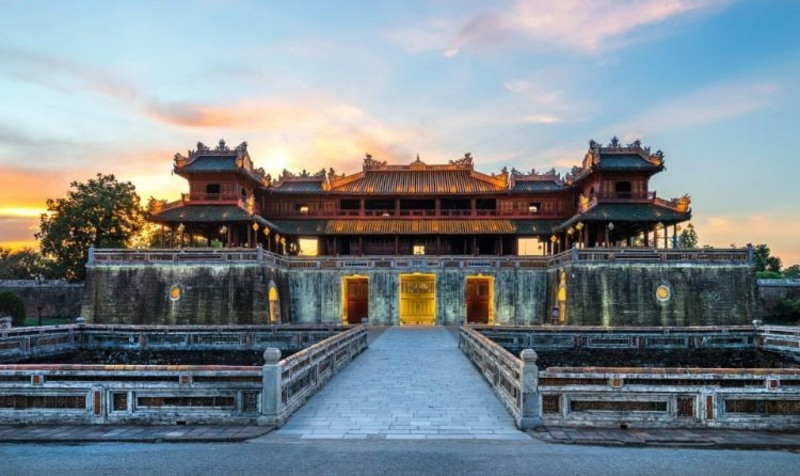
Thuy Xuan traditional incense making village
The village of Thuy Xuan is a longstanding traditional craft village located on the route of Princess Huyen Tran, about 7 km southwest of the center of Hue city. The village is renowned for its centuries-old tradition of making incense.
Visitors to the craft village can explore various incense production facilities and purchase different fragrances of incense. Additionally, Thuy Xuan village is also a picturesque spot for capturing memorable photos in the backdrop of the elegant ao dai, the traditional attire of Hue.
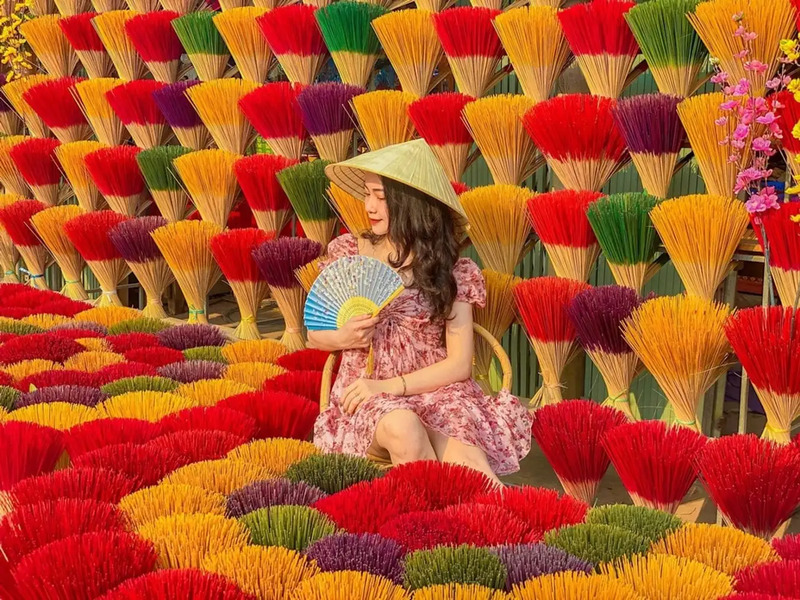
Tam Giang fishing village
The Tam Giang fishing village is one of the most famous tourist destinations in Hue, Vietnam. The village is located on the Tam Giang estuary, the largest estuary in Southeast Asia. The fishing village is home to a community of fishermen who have lived here for many centuries. The villagers make a living through fishing and aquaculture.
Tourists visiting Tam Giang fishing village can experience the life of the local people, go boating on the estuary, and enjoy fresh seafood. The village is also home to many historical and cultural landmarks, including temples, pagodas, and shrines.
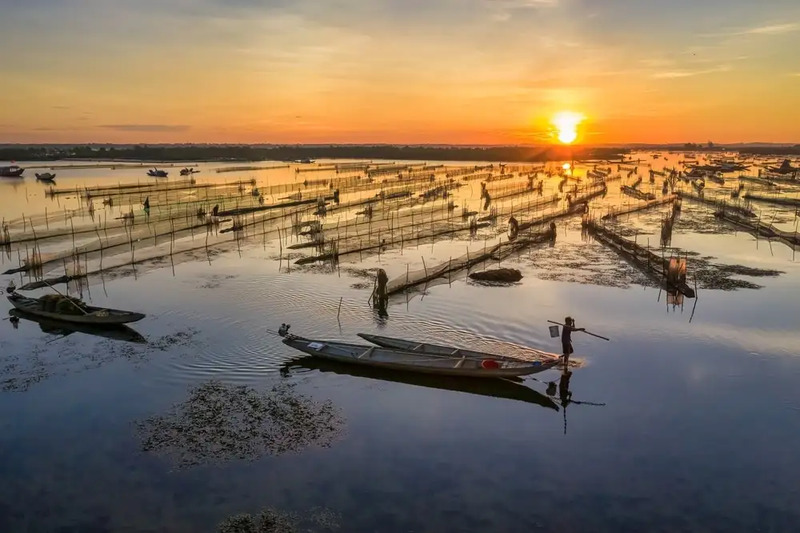
Dong Khanh Tomb
Đong Khanh Mausoleum is one of the most beautiful tombs in Hue, Vietnam. The tomb was built for King Đồng Khánh, who reigned from 1886 to 1888. It is situated on a hill overlooking the Perfume River.
Đong Khanh Mausoleum is designed in the traditional Vietnamese architectural style. The tomb complex consists of a series of buildings, including a temple, a stele pavilion, and statues of the king. It is adorned with numerous intricate carvings and exquisite paintings.
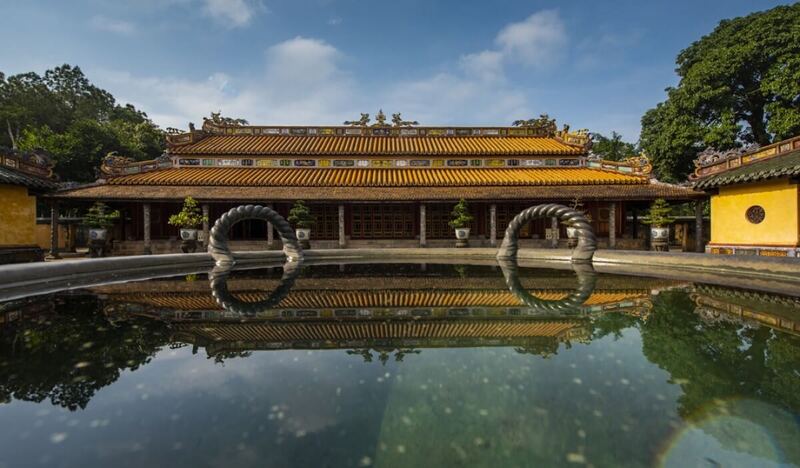
Thanh Toan bridge
Situated about 8 kilometers southeast of Hue city, the Thanh Toan tiled bridge stands as a pivotal landmark in Hue’s historical tapestry. Revered as a rare treasure boasting unmatched artistic prowess, this bridge stands as a testament to Vietnam’s abundant cultural legacy.
Huong river
The Perfume River, a source of pride for the people of Hue, is one of the most beautiful symbols of Vietnam. This poetic river flows through the heart of the city of Hue, meandering gently like a strip of silk, adding to the beauty of the ancient capital. The Perfume River is an integral part of the life of the people of Hue. The river is a source of inspiration for many poets and musicians. The Perfume River is a symbol of the beauty and elegance of the ancient land.
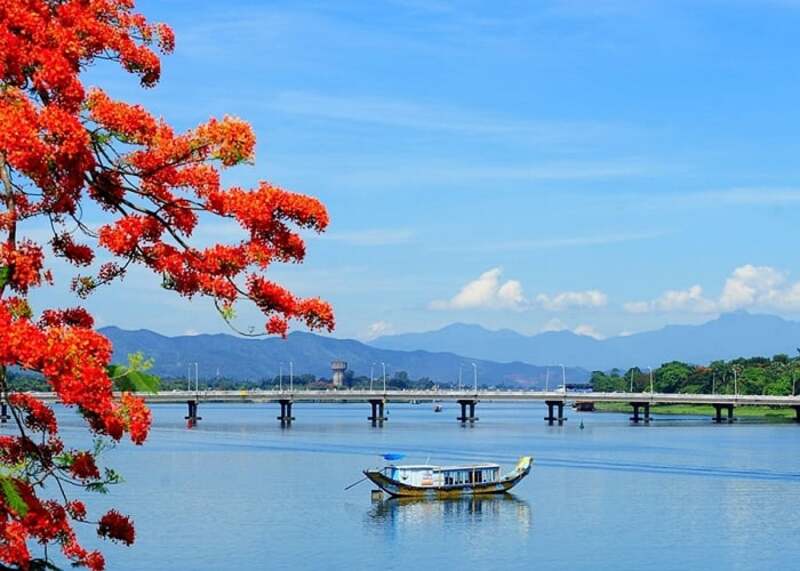
Trang Tien Bridge
Trang Tien Bridge is a historic bridge spanning the romantic Perfume River in the city of Hue, Vietnam. The bridge is considered the symbol of Hue city and is one of the most famous tourist attractions for visitors to the ancient capital.
Built in 1899 during the reign of King Thanh Thai, Trang Tien Bridge was designed by the French architect Gustave Eiffel. The bridge features a unique architecture with 6 elliptical steel spans adorned with exquisite decorations. It spans 402.6 meters in length and is 6 meters wide, characterized by its dominant colors of gold and green.
Trang Tien Bridge has witnessed the ups and downs of the country’s history, from the French colonial period through two wars against the French and the Americans, up to the present day. The bridge has become a symbol of the indomitable resilience of the people of Hue.
Tombs of the Nguyen kings
Under the Nguyen dynasty, 13 kings were buried in different mausoleums scattered throughout Thua Thien Hue province. Each mausoleum exhibits unique architecture, reflecting the individual style of each king.
The architecture of the Nguyen kings’ mausoleums bears the hallmark of Confucianism, with majestic and magnificent lines. The mausoleums are adorned with various forms of art, such as sculptures, patterns, calligraphy, …
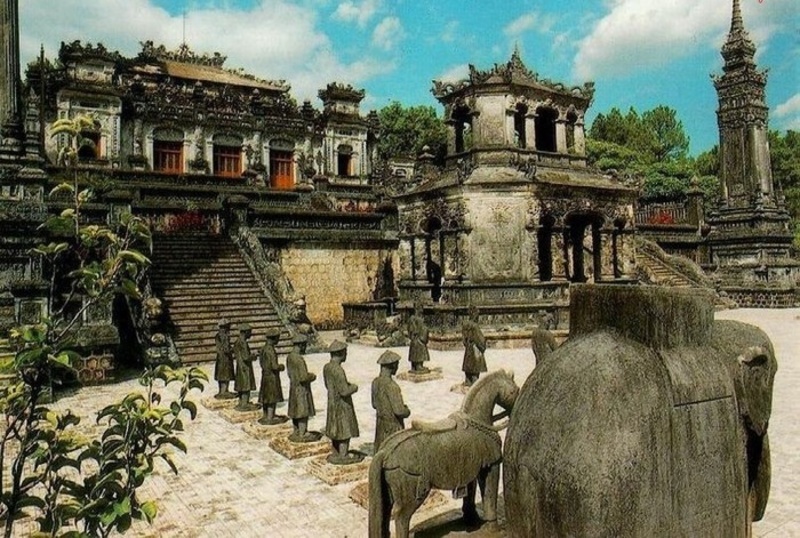
Thien Mu Pagoda – Hue travel tips
Thien Mu Pagoda is an ancient and revered temple situated on the picturesque banks of the Perfume River, approximately 5km west of the city center of Hue. The temple was constructed in 1601 during the reign of King Nguyen Hoang, and it stands as one of the most renowned spiritual tourist destinations in the former imperial capital.
Thien Mu Pagoda boasts ancient architecture that strongly reflects the cultural heritage of Vietnamese Buddhism. Its most prominent feature is the 21-meter-high Phuoc Duyen Tower, built in 1844 during the reign of King Thieu Tri. Phuoc Duyen Tower serves as the symbol of Thien Mu Pagoda and is also one of the iconic symbols of Hue city.
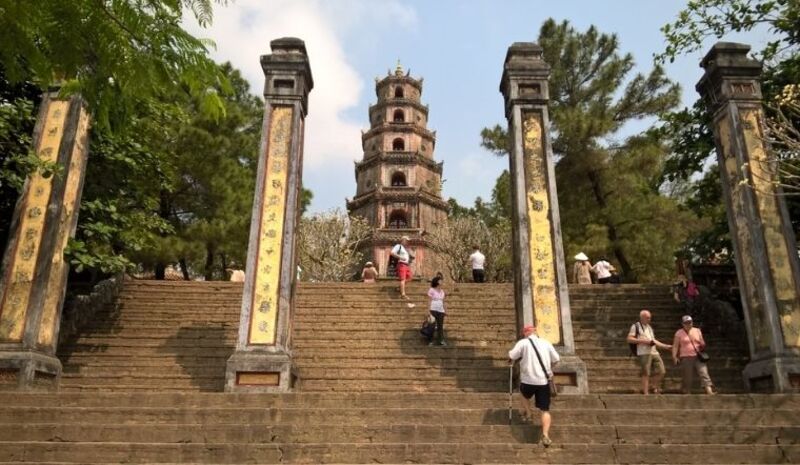
Suoi Voi
The Elephant Stream in Hue (Suối Voi Huế) is an ecotourism destination located in Lộc Tiến commune, Phú Lộc district, Thừa Thiên Huế province, approximately 55 km from the city center of Huế. It is renowned for its pristine and majestic natural scenery, characterized by large stacked boulders, cool refreshing streams, and fresh air.
Visitors to the Elephant Stream can immerse themselves in the cool, crystal-clear waters, surrounded by lush greenery, and marvel at the beautiful scenery on both sides. Additionally, camping is also available in vacant areas, allowing tourists to capture the essence of the wild nature through photography.
See more: 10 Things to Do in Hue: Explore the Beauty of Vietnam’s Ancient Capital
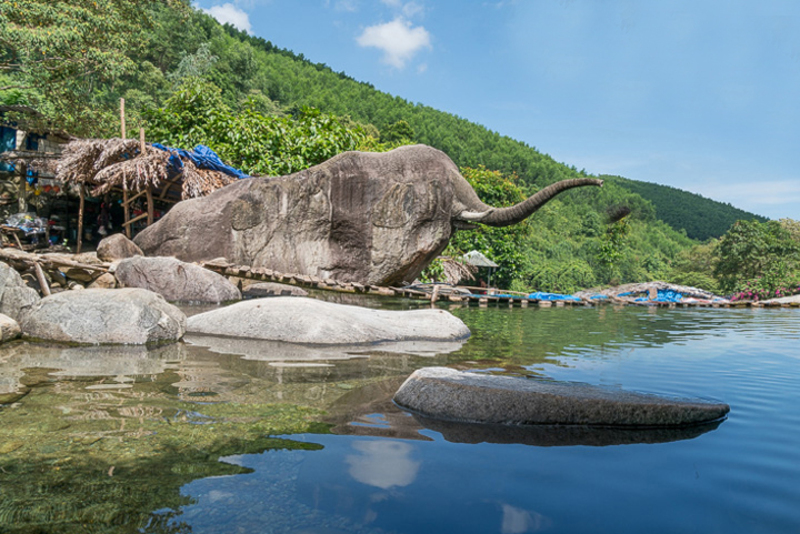
Famous dishes in Hue
Apart from its beautiful scenery and historical landmarks, Huế is also renowned for its sophisticated and elegant royal cuisine. Huế cuisine possesses a unique charm that captivates many diners.
Che Hue
Hue sweet soup is a famous dessert of Vietnam, originating from the city of Hue. This dish is loved for its refreshing, sweet taste and variety of types.
Some famous types of sweet soup include lotus seed sweet soup, pig skin dumpling sweet soup, corn sweet soup, taro sweet soup,… Each type of sweet soup has its own distinctive flavor, bringing diners enjoyable culinary experiences.
Bun Bo Hue
“Bún bò Huế” boasts a robust lemongrass essence intertwined with shrimp and aromatic beef bone broth. What sets the vermicelli experience in Hue apart is the delicate rice flour noodles, known as fresh vermicelli. Therefore, indulging in the ‘authentic’ Hue beef vermicelli dish is an absolute must when visiting this vibrant city!
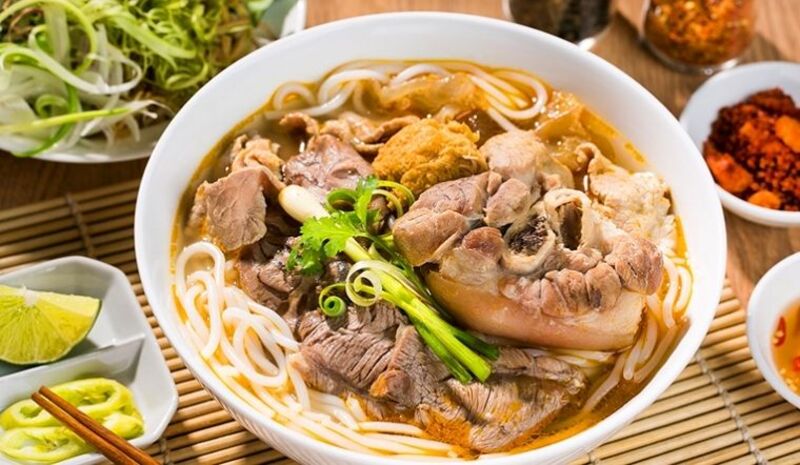
Mussel rice
Baby clam rice is a ubiquitous dish in Hue, found everywhere from humble roadside stalls to upscale eateries. Its simple yet flavorful ingredients include white rice, tender baby basket clams, crunchy fried tofu, banana flowers, roasted peanuts, bean sprouts, and a distinctive sauce. Notably, the broth, infused with the sweetness of mussels and a hint of spice from green chilies, adds depth to the dish, embodying the essence of Hue cuisine.
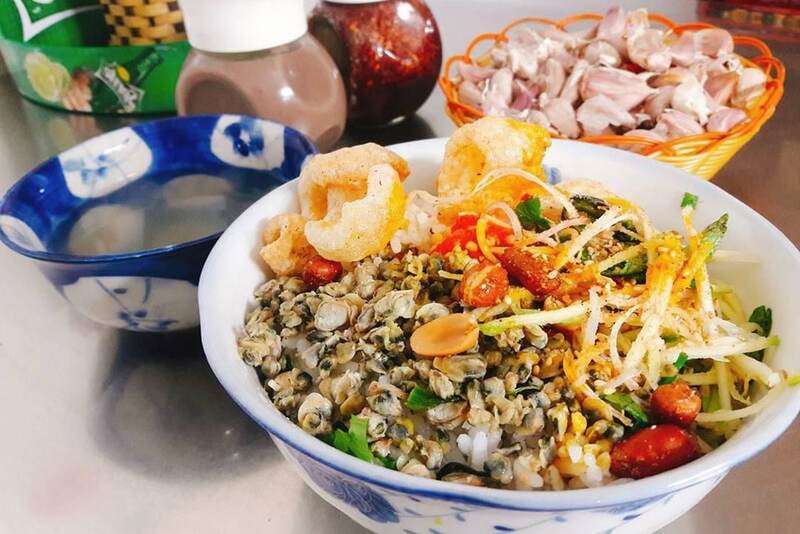
Banh beo chen
The list of dishes in your Hue Travel Tips includes “bánh bèo chén.” This is a popular snack made from rice flour, shrimp, pork, and fish sauce. All these ingredients are placed into small saucers, then steamed until set. Bánh bèo chén is best enjoyed hot. The softness of the bánh bèo, the sweetness of the shrimp and pork, the spicy kick of chili, and the sweet and sour taste of the dipping sauce create an irresistible flavor.
Nem Lui
One of the tantalizing delicacies from Hue that delights countless palates is the Hue pork lemongrass skewers, known as “Nem Lụi Huế.” These skewers are meticulously seasoned, expertly wrapped around lemongrass stalks to enhance their fragrance, and skillfully grilled over medium heat until they attain a perfect, uniform browning. “Nem lụi” reaches its pinnacle of flavor when accompanied by fresh herbs, slices of star fruit, crisp bean sprouts, thinly cut green bananas, and ripe figs, all harmonized with a refined dipping sauce crafted from pork liver and cinnamon.
Above are the shares of Vietnam Motorbike Tours Club about All Hue travel tips for first-time visitors. Hopefully with the above information, you will have a fun and meaningful trip.
Contact us for more interesting information
- Address: 3/7/36 Duy Tan Street, Cau Giay District, Ha Noi City
- Mobile: +84 976 024 986
- Email: [email protected]
- Website: https://vietnammotorbiketoursclub.com/
RELATED POSTS
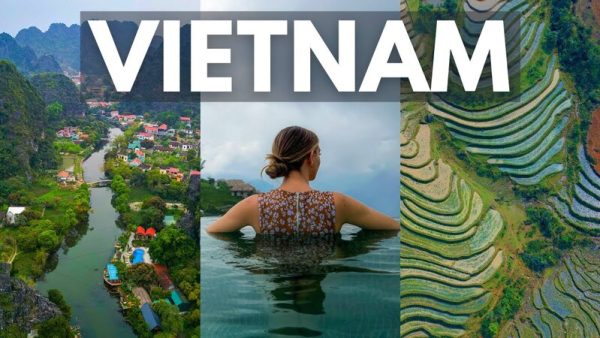
Visiting Vietnam In March 2025? Top 10 Hottest Destinations
March is an ideal time to travel, with pleasant weather and fresh air, leaving many wondering which destination to choose. If you are also looking...
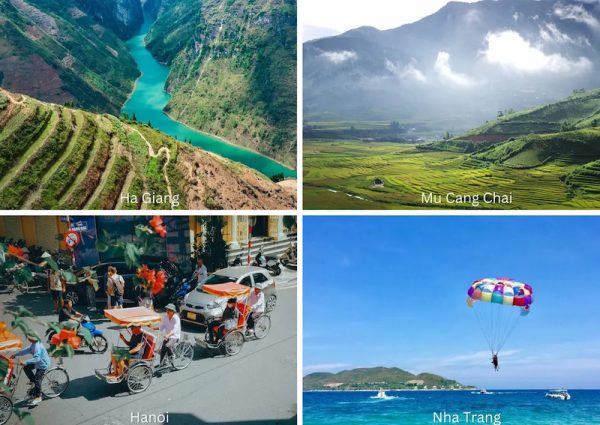
The Ultimate Guide to Visiting Vietnam In April 2025
April is a unique transitional period in Vietnam, bringing a pleasant atmosphere that is perfect for travel. It’s when the country blends the lingering coolness...
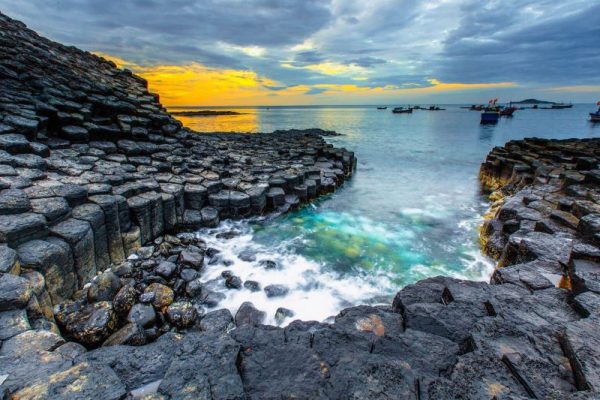
Ghenh Da Dia Phu Yen – A beautiful check-in location for tourists
Ghenh Da Dia Phu Yen – a unique natural wonder of Vietnam, where basalt rocks are stacked like giant honeycombs creating a magnificent picture in...




